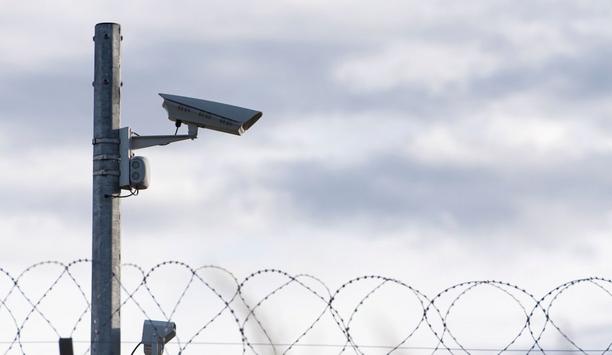 |
| IP video surveillance is set to grow as a part of big transition that has been triggered in the surveillance market |
As 2011 begins, the video surveillance industry doesn't show any signs of being any less compelling than it was five years ago. Technology innovation continues at a fast pace; and the structure of the industry continues to evolve, with M&A activity on the increase.
But the question asked most often is: when will this market tip? When are sales of network video surveillance products going to outstrip sales of analogue video surveillance products?
The answer very much depends on where you are and what you do. At a global level, the tipping point isn't forecast to happen until 2015. However, this picture changes as you drill down the tipping point is 2013 in the Americas and 2012 in EMEA. Peeling back the layers still further can be even more revealing. The Middle East market has already tipped, and the Russian market is forecast to tip in 2011. Globally, the airport, port and utilities sectors are all forecast to tip in 2012; but education is the real leader, with the tipping point having already occurred this year. The real laggards are the retail, commercial and banking & finance sectors.
For those regions and verticals that are yet to tip, what can be done to speed up the transition? Education remains key both of customers and systems integrators. Despite being a mature technology, customers and systems integrators in some industries are still not fully embracing network video surveillance. Customers are worried about system reliability and cost. Systems integrators are concerned about the expense and time needed for retraining. Vendors can help systems integrators with education and training costs, and they can also allay customers' concerns about system reliability by demonstrating the numerous successful IP video surveillance deployments.
Cost will always be a critical factor for some customers, but lowering equipment prices and alternative business models (such as VSaaS) will help IP video surveillance penetrate the wider market, and move closer to that tipping point.


















